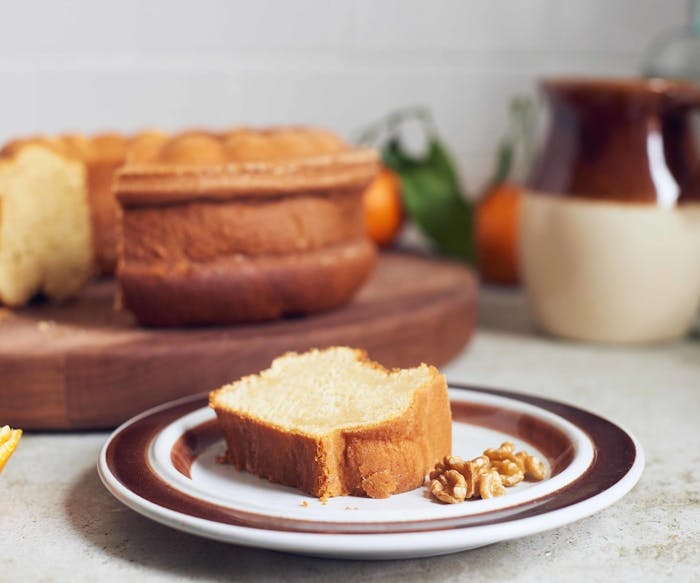Yardena Gavish was raised in a small town called Targu Neamt in Romania. More than a five hour drive from Bucharest, it is closer to Ukraine and Moldova than the country’s capital. Yardena says it was a small and poor town when she was growing up, but in her family, “The town is like Narnia,” she says. “It’s a place for legends from a book.”
And her stories feel like legends of another time. When we joined her in her home in Hod Hasharon, outside of Tel Aviv where she lives with her husband Motti, she told us the story behind her family’s chicken salad. In Targu Neamt, there were no chickens regularly for sale, but every once in a while, a villager would bring some of the birds he had raised to town and women like her mother would purchase one, taking it to the shochet to be slaughtered and, if they could afford it, to a woman to pluck the feathers. The small feathers were saved for down pillows and every ounce of the chicken carcass used, from the fat, which was fried and served on bread, to the legs, which were roasted, and the breasts that found their way into rissoles with potatoes. Finally, what remained went into the stock pot. After the meat gave what it could to the broth, it would give its second life to chicken salad.
Culinary ingenuity was crucial in her town, as was a dedication to elbow grease in the kitchen. For Rosh Hashanah, local women made the same cake, a honey cake laced with orange juice and lemon zest. Beat the egg whites hard enough by hand and the cake’s interior will turn almost white, a point of pride for the town’s cooks. As young as five or six, Yardena was tasked with bringing the cake to the synagogue. She proudly marched it over for the bakers to admire the fruits of her and her mother’s labor, a white cake for the holiday. It was an annual competitive tradition that her family embraced until they moved to Israel in 1960.
At 16, she started high school in Haifa where she met Motti, whose family had also emigrated from Romania. There, she worked at becoming Israeli, learning to sing, dance, and live in Hebrew. But, the tradition of the white honey cake remained. “When I first met the Israeli honey cake, it was dark with tea,” she recalls. She couldn’t bring herself to eat it. “For me, it must be white.”
Making it white, these days, is easier as she has an electric mixer — something she didn’t even know existed when she lived in Romania. She makes the cake each year with her 15-year-old granddaughter, passing along the recipe and the stories of Targu Neamt. And while the cake is designed for the New Year, its citrus finish helps it brighten a winter meal. Just remember to follow Yardena’s town’s tradition and beat the egg whites vigorously until they gather a bit of shine — it’s the sign of a good balabusta.

